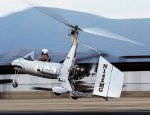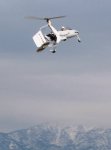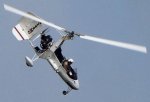Smack
Re-member?
- Joined
- Nov 3, 2013
- Messages
- 935
- Location
- Georgetown
- Aircraft
- Kitfox IV / F1 Rocket / Magni M-16 / Beech 18 / Aviomania G2sA-2
- Total Flight Time
- 550+
Oh Chuck, I think Vance's response proves the quote by Arthur C. Clarke, "any sufficiently advanced technology is indistinguishable from magic".



